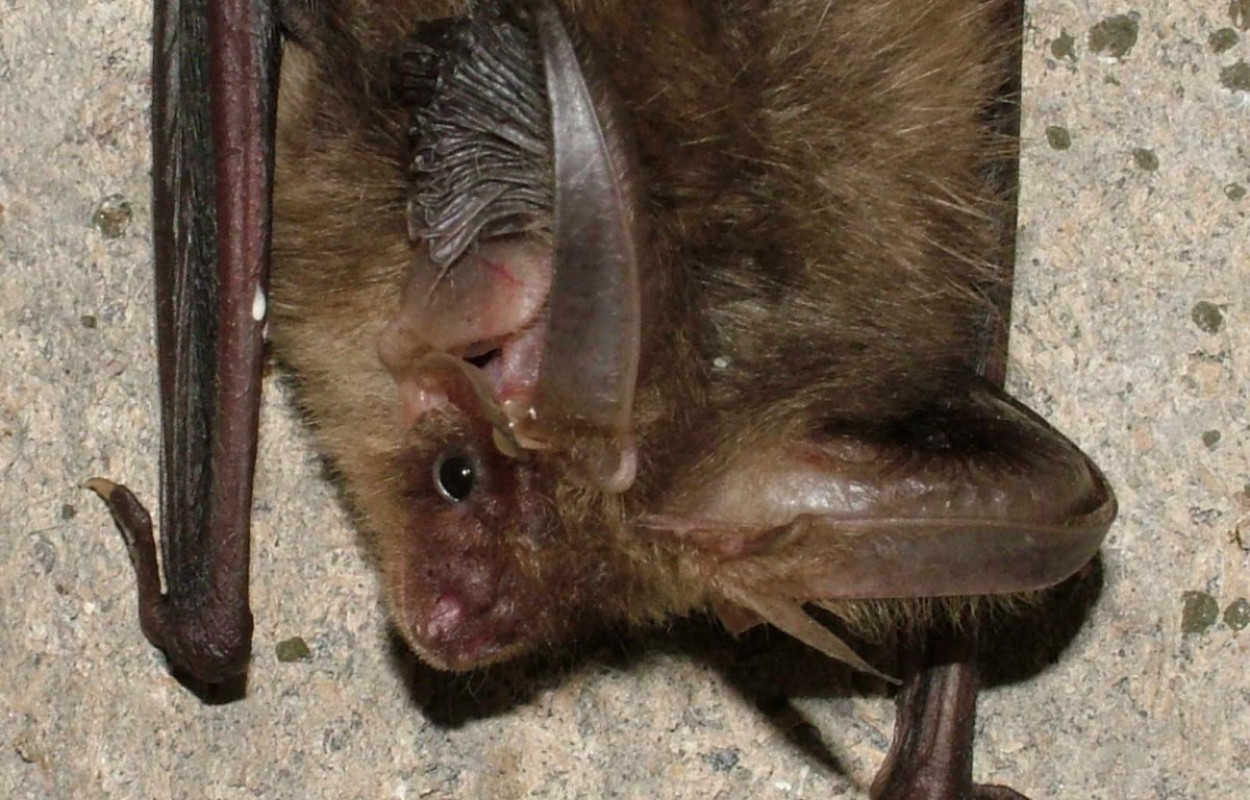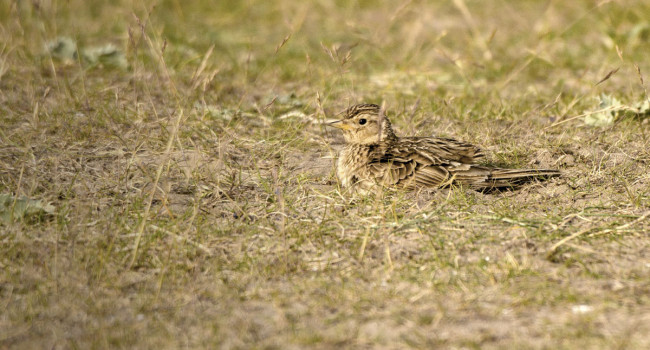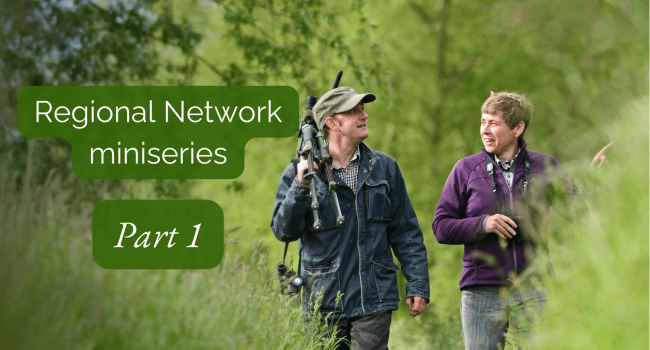Designing effective survey and sampling protocols for passive acoustic monitoring as part of the national bat monitoring

Author(s): Newson, S.E., Boughey, K.L., Robinson, R.A & Gillings, S.
Published: June 2021
Publisher: JNCC
Journal: JNCC Report Volume: 688
View publicationAbstract
The UK has one of the best developed bat monitoring programmes in the world, but despite this, six of 17 resident bat species in the UK are not currently monitored sufficiently to produce population trends. Large-scale deployment of passive acoustic methods using full spectrum bat detector technology offers a lot of potential for transforming routine monitoring of bat numbers, but it is essential that effective survey and sampling protocols are used if this potential is to be realised.
To guide these decisions, we analyse passive acoustic data collected by volunteers from a study area in south-west Britain to quantify the ability and power to detect population declines in bat numbers in relation to: i) whether recording is carried out across the whole night, ii) whether a record / sleep cycle is used, and iii) the number of sites surveyed.
Our results indicate that recording should be carried out over the full night to avoid producing biased estimates of decline. If recording is carried out according to a record / sleep cycle, then the sleep time should be short so that any biases, and reductions in precision and power to detect declines are small. A national scheme should aim to record target bat species on a much larger number of sites than considered in this study. This is likely to require stratification (e.g. by region and/or habitat), to maximise the number of sites that record the most range-restricted species to be able to produce trends for these.









Share this page